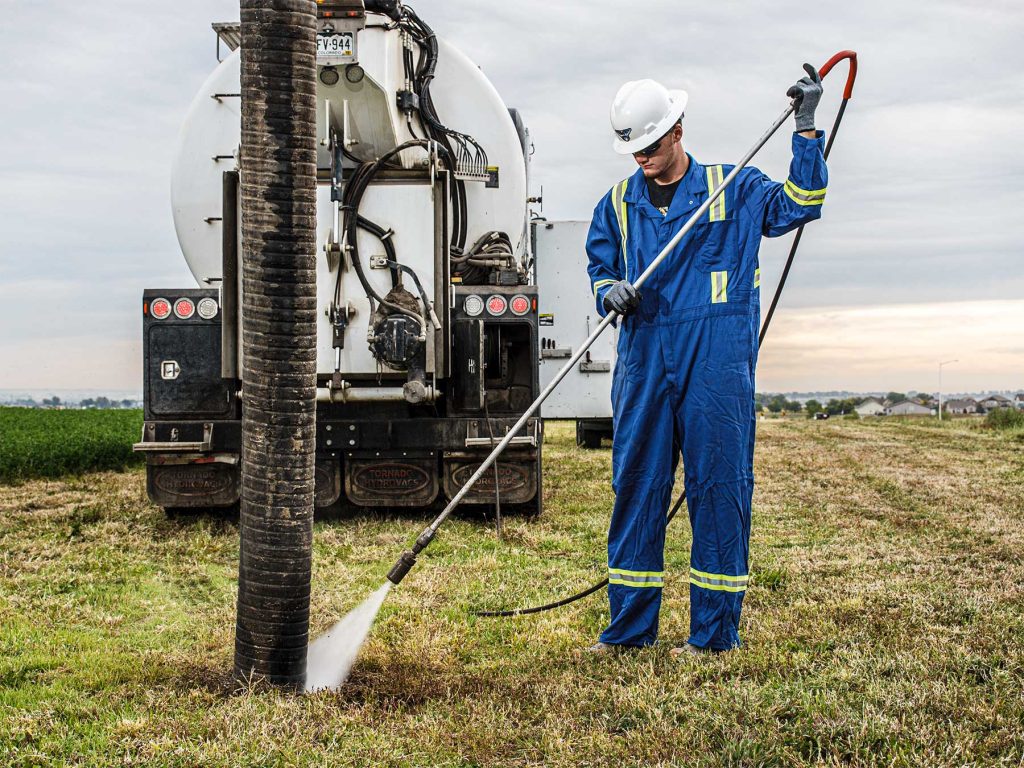Hydro-excavation, a cutting-edge method in the realm of excavation, has revolutionized the way projects are executed, combining water pressure and vacuum technology to safely and efficiently unearth soil. Several case studies exemplify the success of hydro-excavation projects, showcasing its versatility and reliability across various industries. One notable case study involves a major urban infrastructure upgrade where traditional excavation methods were deemed impractical due to the dense network of utilities beneath the city streets. The hydro-excavation team utilized pressurized water to break up the soil, while simultaneously employing a powerful vacuum system to remove the debris. This precision allowed the team to expose and repair underground utility lines with minimal disruption to the surrounding environment. The success of this project not only saved time and resources but also prevented potential damage to critical infrastructure, underscoring hydro-excavation’s efficacy in complex urban settings.

In the realm of environmental remediation, another compelling case study highlights hydro-excavation as a key player in addressing contamination issues. A former industrial site required the removal of hazardous materials buried deep within the soil. The precision of hydro-excavation proved instrumental in minimizing the spread of contaminants, as the water-based method eliminated the risk of soil disturbance and airborne pollutants. The project not only achieved its environmental remediation goals but also set a new standard for safe and sustainable excavation practices in polluted areas. In the oil and gas sector, a challenging project involving the installation of pipelines through rugged terrain showcased hydro-excavation’s adaptability. Traditional excavation methods were impractical in this scenario due to the rocky landscape and the presence of sensitive ecological zones. The hydro-excavation team navigated the challenging terrain with ease, utilizing water jets to carve through the rock and a vacuum system to extract the debris. This innovative approach not only expedited the project timeline but also minimized the environmental impact, demonstrating hydro-excavation’s ability to address complex challenges in the energy industry.
Furthermore, a case study in the telecommunications sector highlighted the role of hydro-excavation in deploying fiber optic cables in densely populated urban areas. With an intricate network of existing utilities and limited space for trenching, traditional methods posed a significant risk of service disruptions. Hydro-excavation offered a precise and non-disruptive solution, allowing the installation of fiber optic cables without compromising existing infrastructure. The success of this project not only enhanced connectivity in the urban landscape but also established hydro-excavation as a go-to method for sensitive projects in crowded environments. In conclusion, these case studies underscore the transformative impact of hydro excavation companies Green Bay in diverse industries, ranging from urban infrastructure to environmental remediation and energy. The method’s ability to provide precision, safety, and environmental sustainability has positioned it as a game-changer in the excavation landscape, offering a compelling alternative to traditional methods across a spectrum of challenging projects. As the demand for efficient and eco-friendly excavation practices continues to rise, hydro-excavation stands as a beacon of success in the excavation industry.
